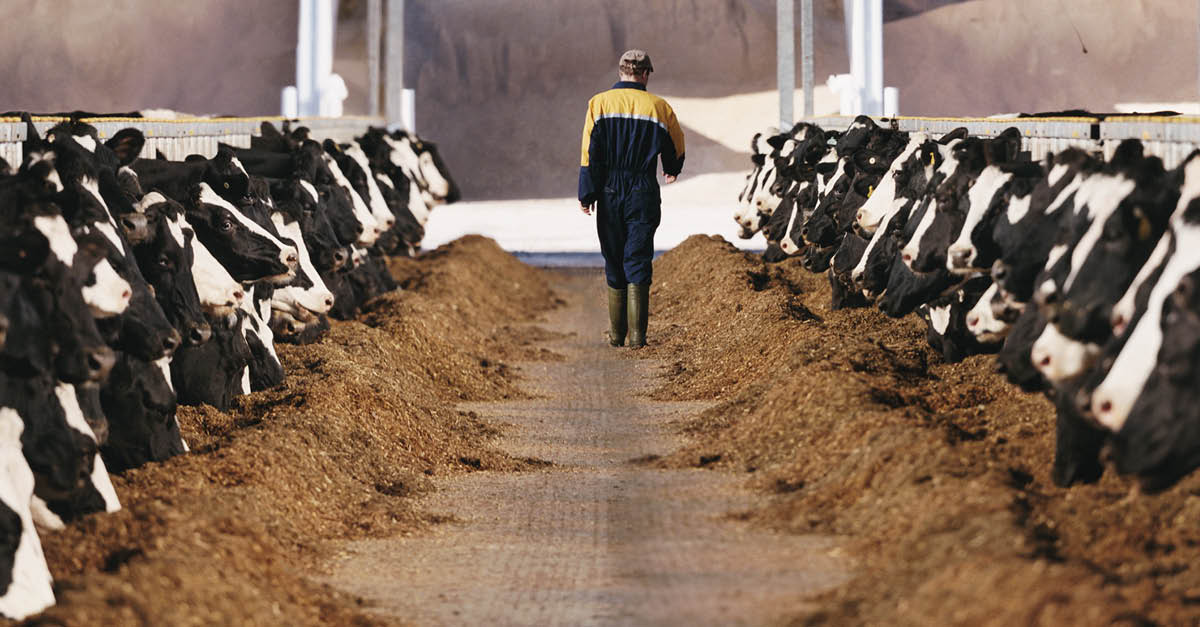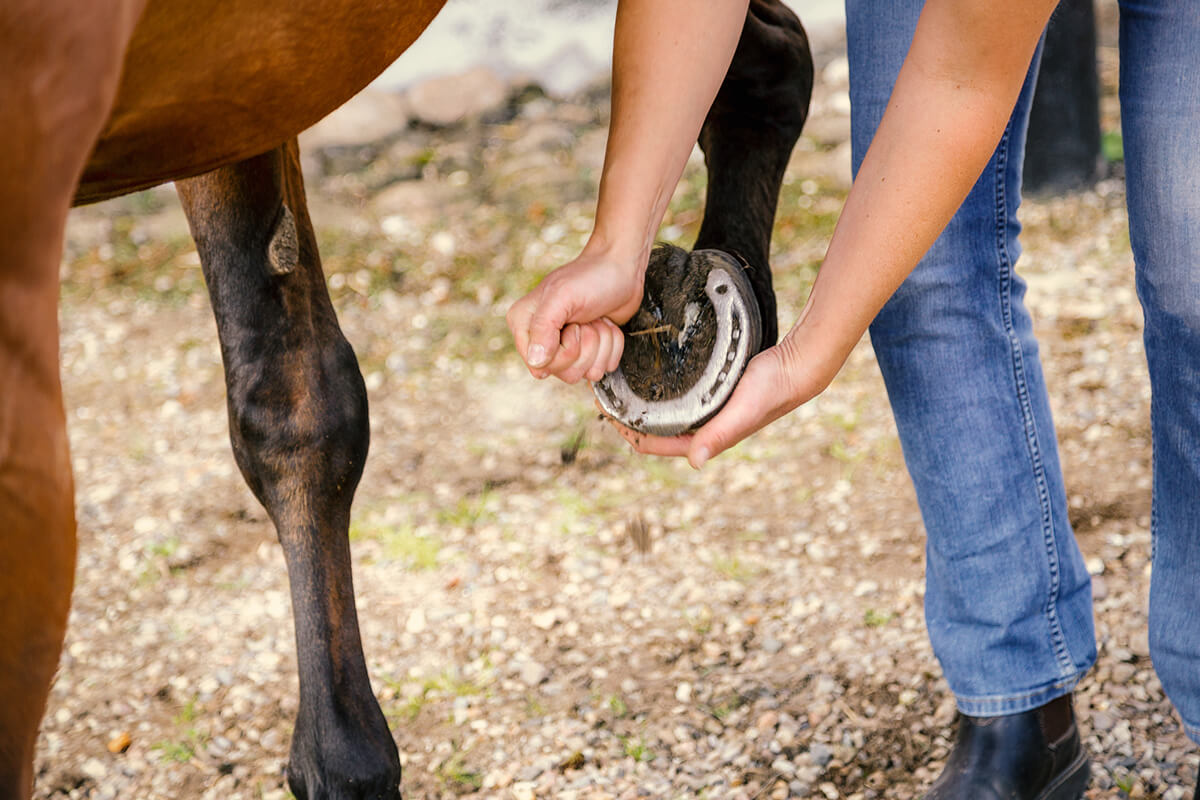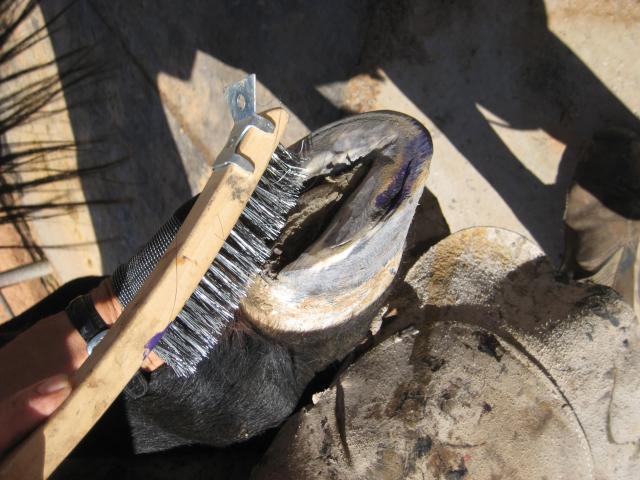
Fungal Infections and Beyond: Exploring the Consequences of Neglecting Hoof Hygiene in Cattle and Sheep
Introduction
Maintaining proper hoof hygiene is crucial for the overall health and well-being of cattle and sheep. Neglecting hoof hygiene can lead to various consequences, including fungal infections and other related issues. In this article, we will delve into the significance of hoof hygiene, explore the consequences of neglecting it, and discuss preventive measures to ensure the optimal health of cattle and sheep.
Importance of Hoof Hygiene
The role of hooves in cattle and sheep
Hooves serve as a crucial part of the anatomy of both cattle and sheep. They provide support, balance, and protection to the animals, allowing them to move comfortably on various terrains. Healthy hooves are essential for the overall mobility and productivity of the animals.
Impact of neglecting hoof hygiene
Neglecting hoof hygiene can have severe consequences for cattle and sheep. Accumulation of dirt, mud, and manure in the hooves can create a favorable environment for the growth of bacteria and fungi. This can lead to various hoof-related issues and infections, negatively impacting the animals’ well-being and productivity.
Consequences of Neglecting Hoof Hygiene
Fungal Infections
Fungal infections are one of the most common consequences of neglecting hoof hygiene in cattle and sheep. Fungi, such as Dermatophytes, can thrive in warm and moist environments, which are often present in unclean hooves. Fungal infections can lead to conditions like dermatitis, foot rot, and hoof rot. These infections cause discomfort, pain, lameness, and reduced productivity in the affected animals.
Bacterial Infections
Neglected hooves can also become breeding grounds for harmful bacteria. Bacterial infections, such as digital dermatitis and interdigital dermatitis, can cause swelling, redness, and painful lesions in the hooves. These infections can lead to lameness and impact the animals’ overall health and performance.
Lameness and Reduced Productivity
Hoof-related issues, including fungal and bacterial infections, can cause lameness in cattle and sheep. Lameness not only affects the animals’ mobility and quality of life but also leads to reduced productivity. Lame animals are less likely to graze, walk, or engage in normal behaviors, resulting in decreased weight gain, milk production, and reproductive performance.
Economic Impact
Neglecting hoof hygiene can have significant economic implications for farmers and livestock owners. Hoof-related issues require veterinary intervention, treatments, and management practices, which can be costly. Moreover, reduced productivity and increased mortality rates due to neglected hoof hygiene can result in financial losses for farmers.
Preventive Measures for Optimal Hoof Health
Regular Hoof Trimming
Regular hoof trimming is essential for maintaining optimal hoof health in cattle and sheep. Trimming helps prevent the accumulation of dirt, mud, and manure in the hooves, reducing the risk of infections. Trimming also helps maintain the proper shape and length of the hooves, ensuring proper weight distribution and preventing lameness.
Clean and Dry Environment
Providing a clean and dry environment for cattle and sheep is crucial for preventing hoof issues. Regularly cleaning the barns, sheds, and paddocks helps minimize the accumulation of dirt and moisture, reducing the risk of fungal and bacterial growth. Proper drainage systems and well-maintained bedding also contribute to creating a clean and dry environment for the animals.
Footbaths and Hoof Soaks
Footbaths and hoof soaks can be effective in preventing and treating hoof infections in cattle and sheep. These solutions typically contain disinfectants or antimicrobial agents that help kill bacteria and fungi. Regular use of footbaths and hoof soaks can help maintain hoof hygiene and reduce the risk of infections.
Monitoring and Early Intervention
Regular monitoring of the animals’ hooves is vital for early detection of any issues. Farmers and livestock owners should routinely check the hooves for signs of infection, such as swelling, redness, or lesions. Early intervention, including prompt veterinary care and appropriate treatments, can prevent the progression of infections and minimize the impact on the animals’ health and productivity.
Proper Nutrition and Overall Animal Health
Ensuring proper nutrition and overall animal health is essential for optimal hoof health. A balanced diet with adequate levels of minerals, vitamins, and protein contributes to strong and healthy hooves. Additionally, maintaining good overall animal health through vaccination programs, parasite control, and regular veterinary care helps prevent diseases that can weaken the hooves.
Conclusion
Maintaining proper hoof hygiene is vital for the well-being and productivity of cattle and sheep. Neglecting hoof hygiene can lead to various consequences, including fungal and bacterial infections, lameness, and reduced productivity. By implementing preventive measures, such as regular hoof trimming, maintaining a clean and dry environment, and monitoring the hooves for any signs of infection, farmers and livestock owners can ensure the optimal health of their animals and mitigate the economic impact of hoof-related issues. Taking proactive steps to prioritize hoof hygiene is crucial for the overall welfare and success of cattle and sheep.



